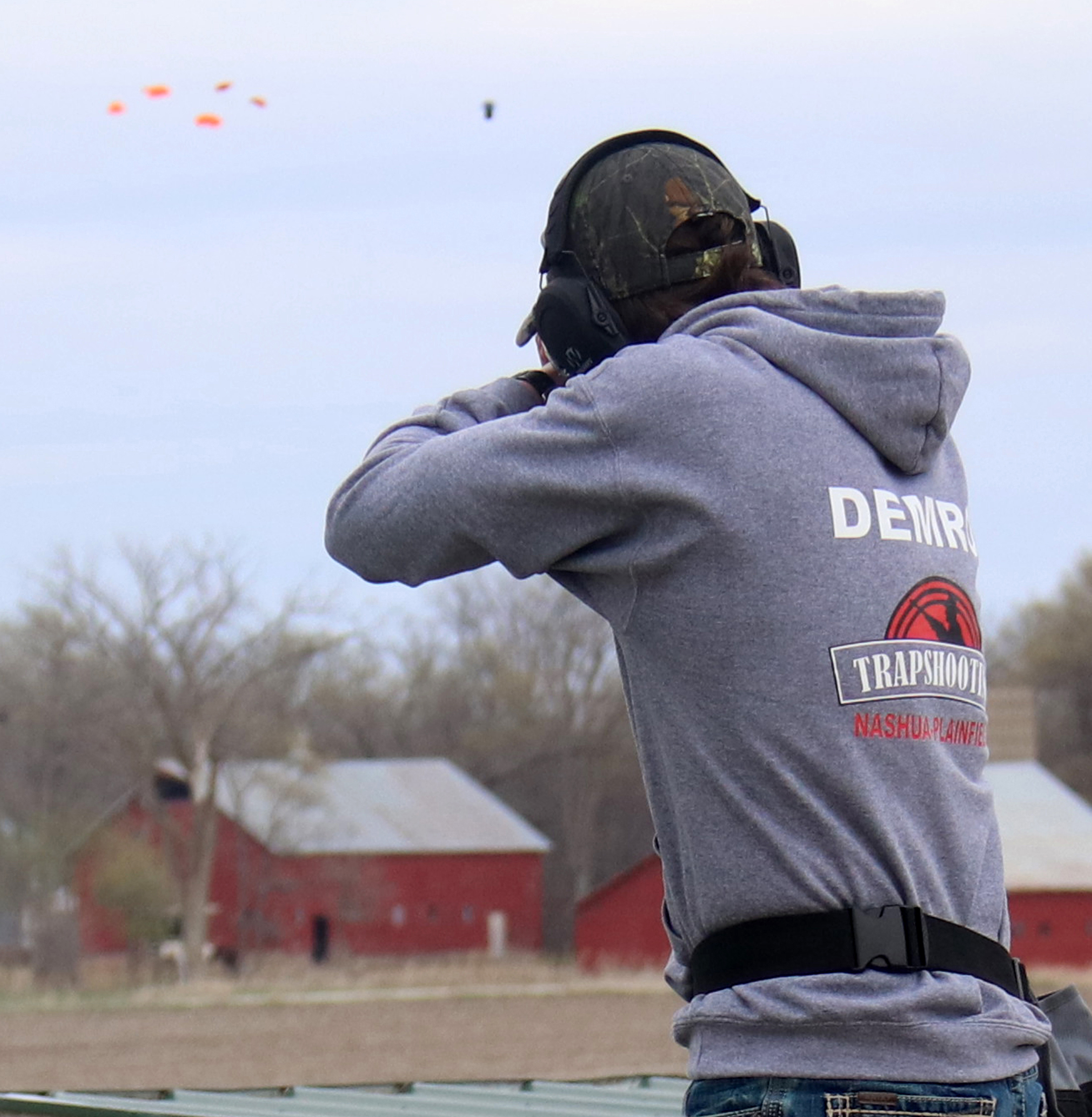Woolly bear predicts winter
Woolly bear predicts winter
Stripes on the woolly bear caterpillar are used to forecast winter
The banded woolly bear, a common caterpillar, is the species that, according to legend, can predict the harshness of the upcoming winter. According to this belief, the longer the black at the ends of the body, the more severe the upcoming winter will be.
A scientific study performed in the fall of 1948 by Dr. C. H.
Curran, curator of insects at the American Museum of Natural History in New York City, perpetuated this belief. Curran collected as many caterpillars as he could in one day at New York’s Bear Mountain State Park, determined the average number of reddish-brown segments and forecast the upcoming winter weather via The New York Herald Tribune.
His experiment, which he continued over the next eight years, attempted to scientifically prove the woolly bear’s meteorological skills. The resulting publicity made the woolly bear the most famous and most recognizable caterpillar in North America. However, Curran’s experimental controls were fuzzy at best.
Since that time scientists, including those at Iowa State University’s Department of Entomology, dismiss the connection between woolly bears and weather, proving that the width of the bands has more to do with the age of the caterpillar and moisture conditions during its development.
The fact that woolly bear coloring has to do with age and moisture doesn’t dampen the Woolly Bear Festivals that communities such as Vermilion, Ohio, Banner Elk, N.C. and Lewisburg, Pa. host annually.
Festivities include parades, woolly bear races and “official” declarations of the woolly bear’s forecast.








Social Share